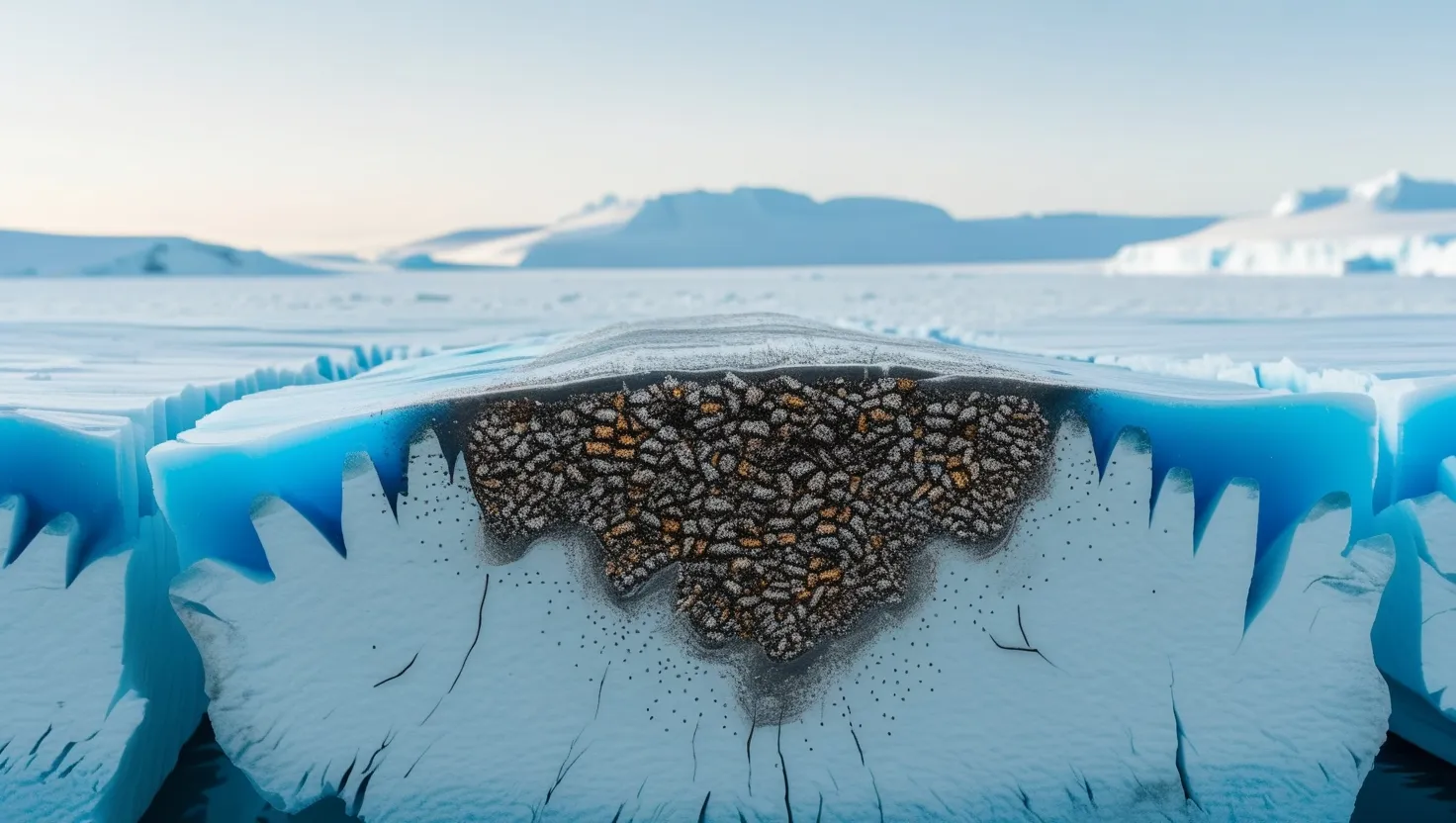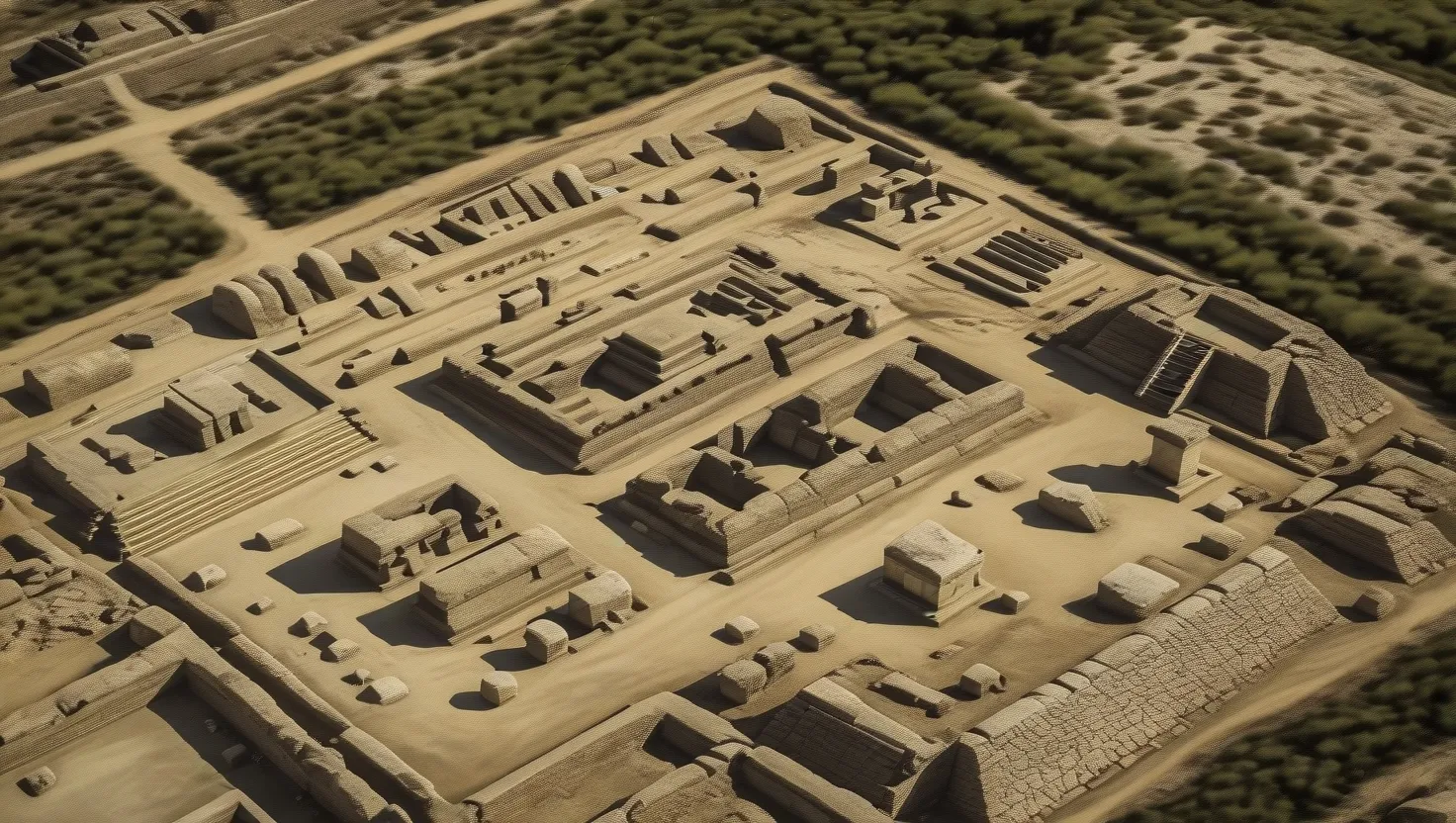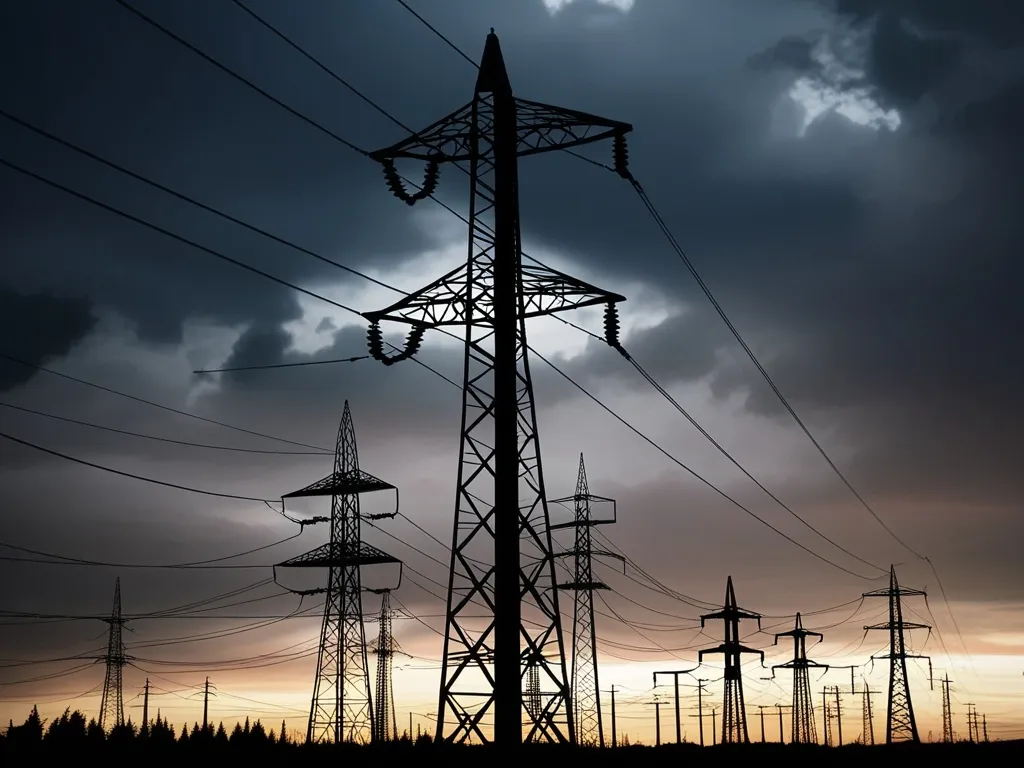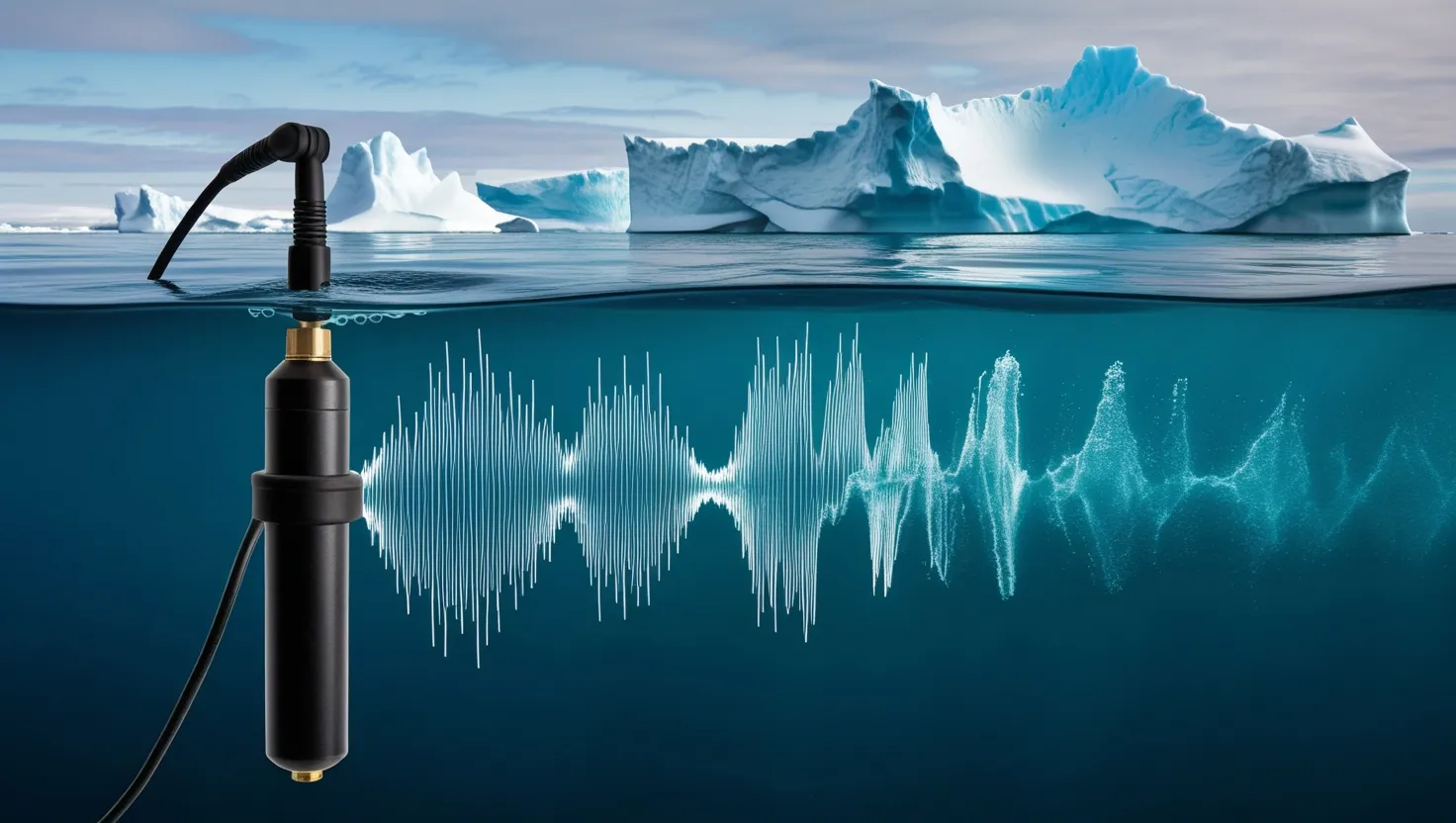In 2009, an intriguing discovery emerged from the icy depths of Antarctica’s Taylor Glacier, where scientists began unearthing evidence that would stir both curiosity and debate within the scientific community. Ice cores, which are essentially historical records of Earth’s atmosphere, revealed unexpected chemical signatures. These signatures call into question our understanding of climate history and the impact humanity may have had on the planet long before anyone dared to acknowledge it.
The ice cores, drilled from one of the coldest places on the planet, contained microscopic particles with isotope ratios that didn’t align with what we would consider natural origins. The implications were staggering: synthetic compounds were identified in layers of ice that predate their known invention by well over a century. When I ponder this, I can’t help but ask—what kind of human activities could have left their mark in such remote and frigid locations?
Among the most concerning findings were perfectly spherical metal nanoparticles embedded in the ice at depths correlating with significant climate shifts. These tiny particles, rich in rare earth elements, are found in combinations that are not typically natural. This detail is paramount; it suggests a level of sophistication in climate engineering or industrial pollution that challenges the conventional narrative of Earth’s climatic changes.
Interestingly, both Russian and American researchers confirmed these findings independently, but they arrived at wildly divergent conclusions. Some scientists theorize that these particles represent evidence of unregulated industrial pollution dispersed globally through atmospheric circulation. Others, however, take a more provocative stance, suggesting that these nanoparticles might constitute early geoengineering attempts, dating back to the late 19th century when the foundations for modern climate manipulation were first being laid.
It’s fascinating to consider how these particles, uniform in size and strategically placed in the ice layers preceding temperature changes, might represent deliberate actions taken to stabilize climate conditions. We’ve documented historical records of weather modification experiments conducted by industrial nations during this era, yet nothing even close to the complexity implied by the Antarctic Ice Core Anomaly has ever been substantiated.
Reflecting on this, I’m reminded of a powerful quote from Edward Abbey: “The idea of wilderness needs no defense, it only needs more defenders.” In other words, the natural world indeed seems to defend itself against human intrusions. But have we been the unintended architects of our own climate narrative, shaping it through our actions, knowingly or unknowingly?
The correlation of these particles with abrupt climate stabilizations is nothing short of perplexing. They coincide with intervals that thwarted potential ecological collapses—a remarkable feat if indeed orchestrated by unrecognized human intervention. This raises an unsettling question: have these early geoengineering efforts subconsciously influenced our climate, and if so, to what extent?
Many scientists are cautious about jumping to conclusions, yet the data suggests a compelling narrative. The chemical composition of these nanoparticles aligns with theoretical models designed for cloud nucleation and solar radiation management. This revelation further blurs the lines between natural climate phenomena and human influence. When did we, as a species, start considering ourselves as participants in Earth’s climate system rather than mere observers?
As we delve deeper into this anomaly, it becomes increasingly evident that understanding our past is crucial for addressing the future. The Antarctic Ice Core Anomaly challenges the assertion that climate engineering is a modern concept—perhaps we have been manipulating our environment for longer than we realize. It beckons us to reconsider the timeline of human impact on climate change.
Yet, amidst this complex narrative, there lies a duality. While one camp of scientists warns against the dangers of manipulating the climate, another sees a necessity for proactive measures to address environmental deterioration. For instance, contemporary discussions around geoengineering, such as stratospheric aerosol injection, have gained traction as potential solutions to mitigate climate change effects. This raises a thought-provoking query: if humanity could rewind the clock, would we still choose to experiment with the very climate mechanisms that sustain us?
Consider the words of the renowned thinker and author Aldo Leopold: “The last word in ignorance is the man who says of an animal or plant, ‘What good is it?‘” The notion of what is beneficial or detrimental in our environmental interactions is often informed by our limited perspective.
In addressing such dilemmas, we must confront the reality that climate history is replete with instances of environmental intervention. From cloud seeding to altering land use, our fingerprints are ingrained in the very fabric of Earth’s climate narrative. Are we prepared to accept responsibility for the unintended consequences of our actions? What ethical considerations arise when we explore proactive climate initiatives?
As the scientific community grapples with these complex questions, the Antarctic Ice Core Anomaly stands as a harbinger of what lies ahead. It not only challenges our understanding of climate history but also compels us to question the moral implications of our interventions. Where do we draw the line between stewardship and exploitation? How can we ensure that our methods do not spiral into detrimental outcomes?
In summary, the findings from the Antarctic ice cores illuminate a dynamic and evolving relationship between humans and the environment. They remind us that our historical interventions may have left profound impacts on the climate and that what we consider modern innovations might have roots deep in our past.
So, as we move forward and craft our responses to the challenges presented by climate change, let us be mindful of the lessons the ice cores have to offer. They tell an intricate story of resilience, agency, and the undeniable influence of human actions on the planet’s climate.
Let us strive to become the defenders of our natural world, implementing measures that are informed by history, guided by science, and anchored in ethics. The dialogue surrounding climate engineering is complex, but it is essential for us to engage actively with these ideas. After all, the future of our planet may very well depend on it.






